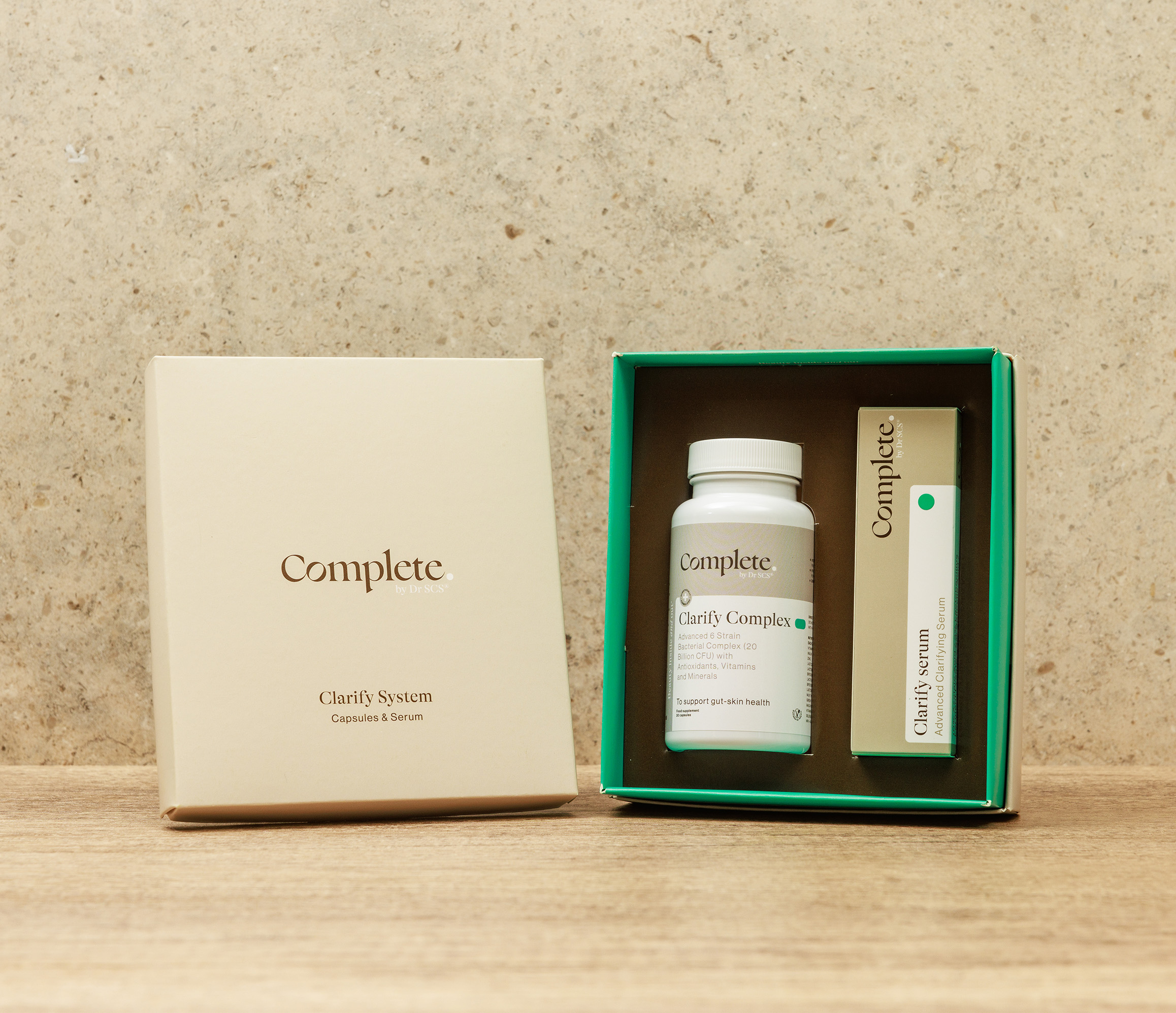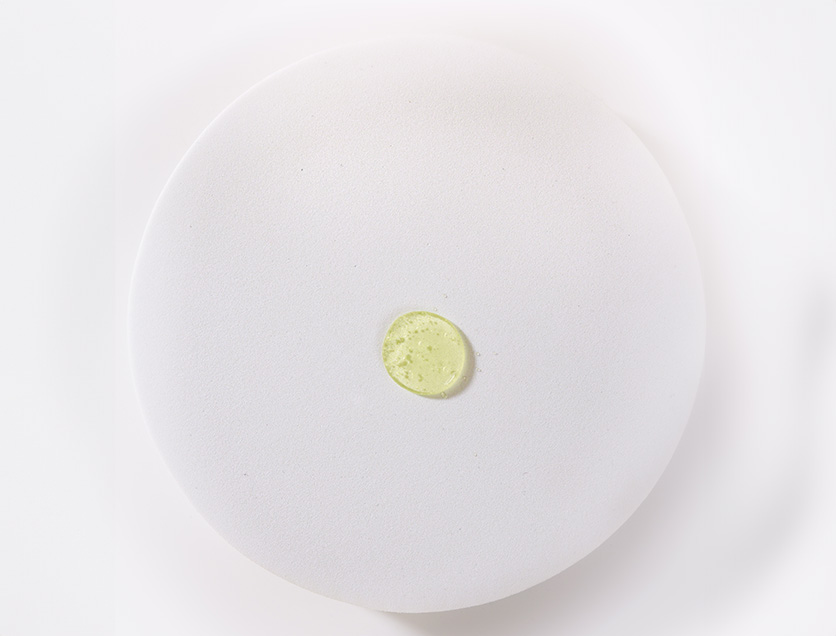
Building Your Skincare Routine: Evidence-Based Layering Principles
Most skincare failures stem from poor product layering rather than ingredient quality. Understanding how different formulations interact and absorb determines whether your routine enhances or undermines skin function.
The fundamental principle involves molecular size and pH compatibility. Water-based serums with smaller molecules should precede oil-based products with larger molecular structures. This allows optimal penetration without creating barriers that prevent subsequent product absorption.
Morning routines prioritise protection against environmental stressors. Start with gentle cleansing to remove overnight cellular debris, follow with antioxidant serums like vitamin C, then hydrating ingredients like hyaluronic acid. Complete with moisturiser and broad-spectrum SPF as your final protective layer.
Evening routines focus on repair and regeneration when cellular turnover peaks. After thorough cleansing to remove daily accumulation, apply treatment actives like retinoids or acids when skin is most receptive. Follow with barrier-repair ingredients and heavier moisturisers to support overnight recovery.
“Effective skincare routines work with your skin’s natural rhythms and molecular chemistry. Most people layer products incorrectly, creating interactions that reduce effectiveness rather than enhancing results.”
–
Common layering mistakes include applying oils before water-based serums, mixing incompatible pH levels, and overwhelming skin with too many actives simultaneously. The Complete by Dr SCS systems demonstrate proper coordination—their Protect serum with 2% hydroxypinacolone retinoate is designed to work synergistically with their internal antioxidant supplements, creating comprehensive support without ingredient conflicts.
Timing between applications matters more than most realise. Allow 5-10 minutes between different product types to ensure proper absorption and avoid dilution. This patience improves ingredient efficacy and reduces irritation risks.
Start with minimal products and gradually introduce new elements. Your skin needs time to adapt to new ingredients, particularly actives like retinoids or acids. Introduce one new product every 2-3 weeks to identify individual responses.


Join our mailing list
Stay in the loop! Join our newsletter for exclusive updates and promotions
Articles we think you will like

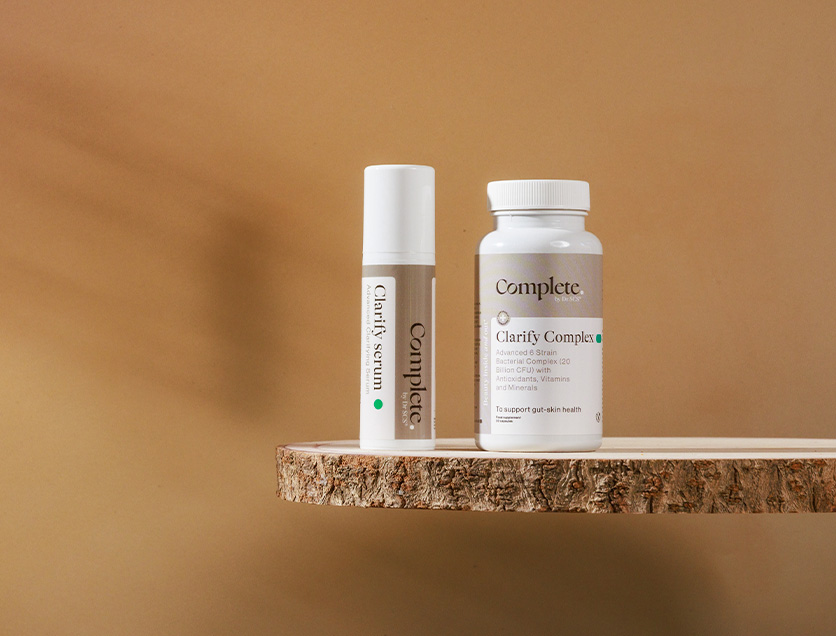
Stress & Skin Health: Understanding the Cortisol Connection
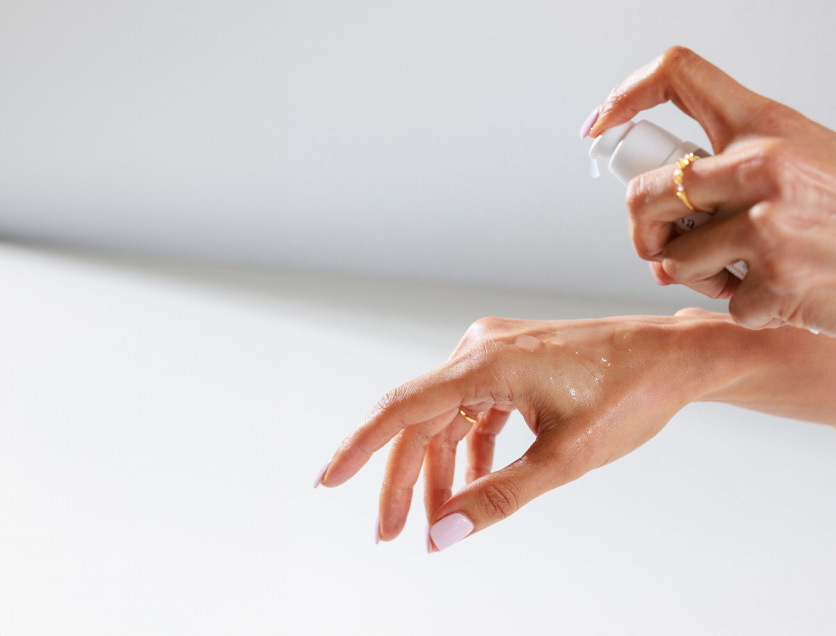
Magnesium & Menopausal Transitions: Examining the Evidence

Azelaic Acid: Clinical Evidence for Inflammatory Skin Conditions
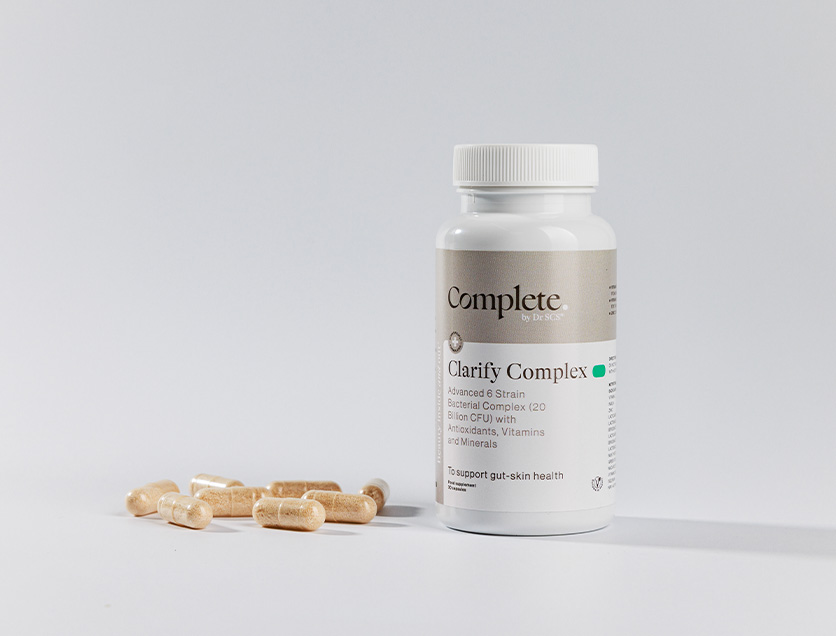
Understanding Nutritional Support for Skin Health: Beyond Marketing Claims
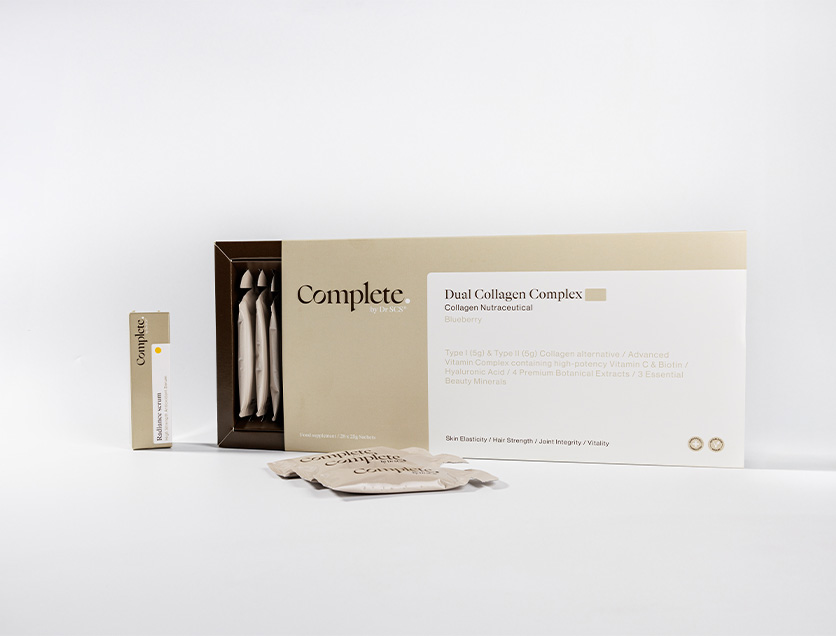
Understanding Integrated Skincare: The Science Behind Dual Approaches
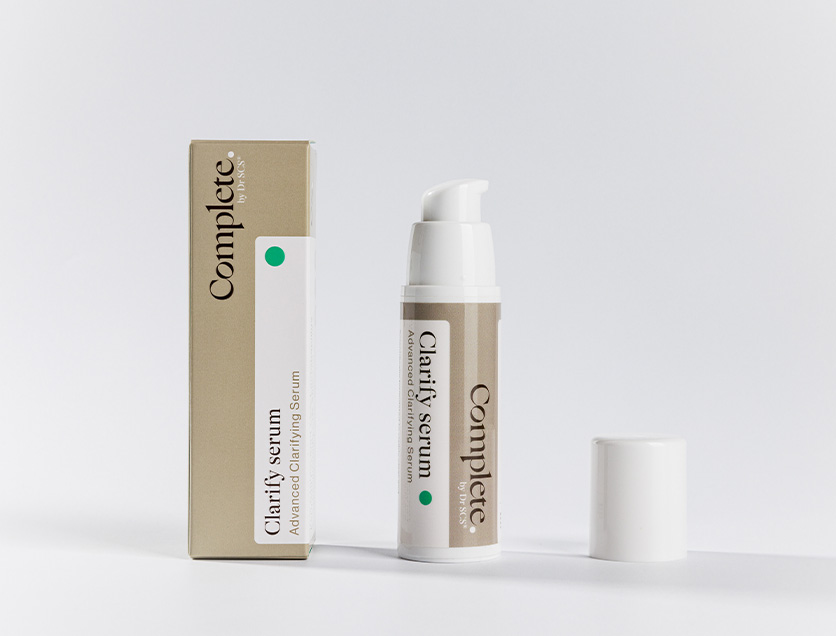
The Evolution of Skincare: Understanding Integrated Approaches
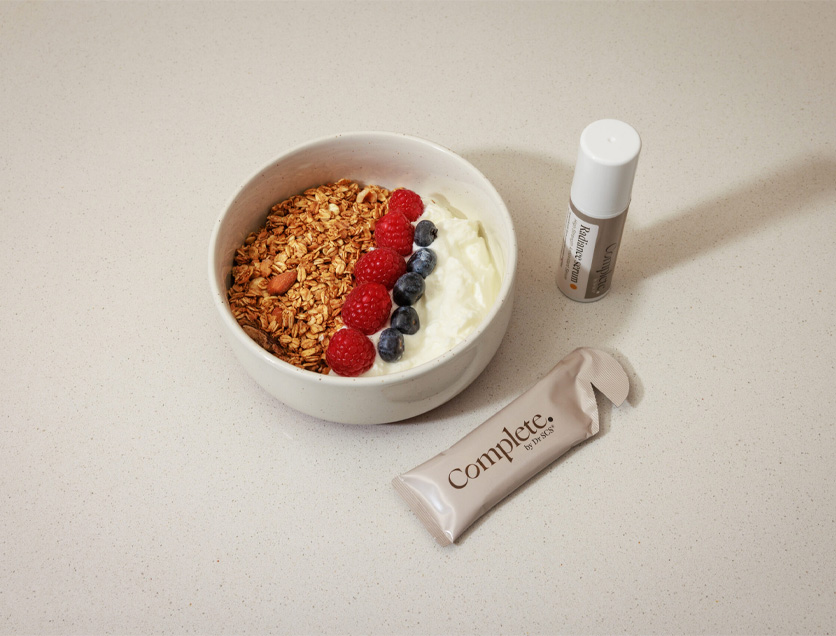
The Role of Nutrition in Skin Health: Evidence-Based Insights
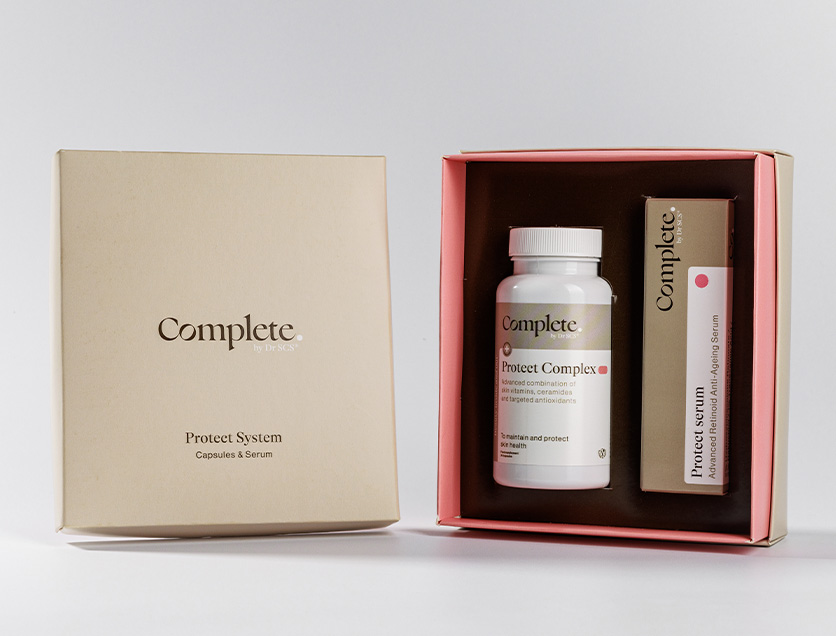
Understanding Anti-Ageing Skincare: What Actually Works
